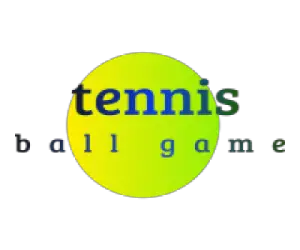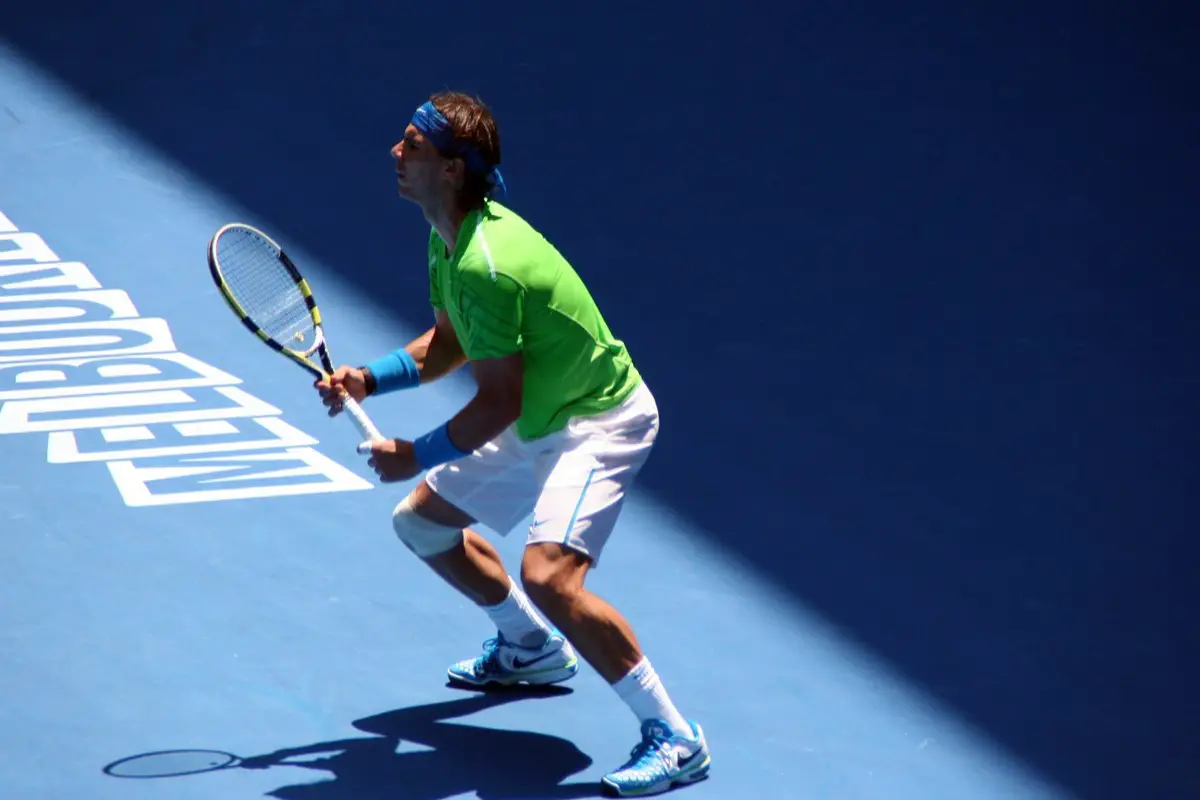In professional tennis, there are few names as legendary and awe-inspiring as Rafael Nadal. Known for his relentless determination, incredible agility, and unmatched work ethic, Nadal has left an indelible mark on the sport. However, his astonishingly powerful and enduring arms are one aspect of his physical prowess that often takes center stage.
In this blog, we will delve into the fascinating world of Rafael Nadal’s arms, exploring how they have contributed to his unprecedented success, the science behind their strength, and the dedication that has propelled him to become one of the greatest athletes in tennis history.
The Blueprint of Power
Nadal’s arms are not just a symbol of strength but a masterpiece of functional muscle development. These arms result from years of hard work, specific training, and genetics coming together perfectly. It’s crucial to note that while genetics may have provided him with a solid foundation, his unwavering commitment to honing and maximizing his arm strength has set him apart.
The science behind Nadal’s remarkable arm strength lies in the combination of muscle groups that he has developed. His biceps, triceps, and forearms are finely tuned, working harmoniously to generate astonishing power in his shots. His biceps are pivotal in flexing the elbow during forehand and backhand swings, allowing him to whip the racket through the ball with remarkable speed and precision.
Conversely, the triceps assist in extending the elbow, providing the follow-through necessary for controlled, powerful shots. Lastly, his well-defined forearms offer stability and control over the racket, ensuring that every shot is perfectly executed.
Training like a Gladiator
Nadal’s training regimen is nothing short of grueling. He dedicates countless hours to conditioning, strengthening, and flexibility exercises to maintain the kind of arm strength he possesses. His commitment to a rigorous training schedule is evident in how he plays each match with seemingly endless energy and power.
One of the cornerstones of Nadal’s training routine is resistance training. He incorporates exercises like dumbbell curls, tricep extensions, and wrist curls to target the specific muscle groups required for powerful swings. The use of resistance bands also aids in building functional strength and stability in his arms. These exercises enhance his power and contribute to injury prevention, a crucial aspect of a professional athlete’s career longevity.
Furthermore, Nadal’s training includes plyometric exercises that help improve his explosive strength. Plyometrics involve rapid, high-intensity movements that require a tremendous amount of force. These exercises train the muscles in his arms to generate power quickly, a critical factor in his ability to react swiftly to fast-paced rallies and deliver punishing shots.
Another essential component of Nadal’s training is core strength. While the arms do the heavy lifting in tennis, a strong core provides stability and balance, enabling him to control his shots. Incorporating exercises like planks, medicine ball twists, and Russian twists into his routine helps him develop a solid foundation for his arm strength to build upon.
Endurance: The Secret Weapon
Beyond raw power, Nadal’s arms possess remarkable endurance. This endurance allows him to maintain high performance over long matches and grueling tournaments, often outlasting opponents in exhausting rallies. The secret to this enduring strength lies in his training philosophy.
Nadal places a significant emphasis on cardiovascular fitness. Through rigorous aerobic and anaerobic conditioning, he ensures that his arms receive steady oxygenated blood even during the most demanding rallies. This prevents lactic acid buildup, which can cause fatigue and muscle cramps. His ability to keep his arms fresh and robust throughout extended matches is a testament to his exceptional conditioning.
In addition to cardiovascular fitness, Nadal’s mental fortitude plays a crucial role in sustaining his arm strength. His unwavering focus and determination allow him to push through physical fatigue, keeping his arms in prime condition even when the odds seem stacked against him. This mental resilience is as much a part of his arm’s endurance as his physical conditioning.
The Signature Shots
Nadal’s arms are strong and the driving force behind some of the most iconic shots in tennis history. Two shots, in particular, showcase his arms’ incredible power and versatility: the topspin forehand and the heavy topspin backhand.
1. The Topsin Forehand
Nadal’s forehand is a weapon of mass destruction on the tennis court. His arms generate an incredible amount of topspin, causing the ball to dip sharply and bounce high upon landing. This shot is challenging to return and physically demanding to execute consistently.
Nadal’s ability to produce this topspin comes from the rapid whip-like motion of his arm, particularly his biceps and forearms, during the swing. The result is a shot that is both offensive and defensive, allowing him to control rallies and dictate the pace of the game.
2. The Heavy Topsin Backhand
While his forehand gets most of the attention, Nadal’s backhand is equally devastating. He employs a two-handed backhand, which requires exceptional arm strength to control and direct the ball precisely. The topspin he generates on his backhand shots adds complexity, making it incredibly challenging for opponents to read and counter. His arm strength, particularly in the triceps and forearms, drives this shot’s effectiveness.
Injury Challenges
Despite his remarkable arm strength, Nadal has not been immune to injuries. Over the years, he has faced various setbacks, including issues with his wrists and elbows. These injuries serve as a reminder that even the most finely-tuned athletes are not invulnerable.
Nadal’s injuries highlight the importance of proper rest, recovery, and injury prevention in maintaining peak performance. While his arms symbolize strength, they remind us of the delicate balance between pushing the limits and preserving one’s physical health. Nadal’s approach to recovery and rehabilitation is just as disciplined as his training, ensuring that he can continue showcasing his incredible arm strength for years.
The Legacy of Rafael Nadal Arms
Rafael Nadal’s arms are not just a physical attribute but a symbol of his dedication, perseverance, and relentless pursuit of excellence. They have propelled him to 20 Grand Slam titles, numerous ATP titles, and a legion of fans who marvel at his superhuman abilities on the tennis court. His arms have left an indelible mark on tennis, inspiring a new generation of players to push the boundaries of what is possible.
Conclusion
Rafael Nadal arms are a testament to the extraordinary potential of the human body when coupled with unwavering commitment and relentless hard work. They are a source of inspiration for athletes and tennis enthusiasts alike, reminding us that greatness is achieved through talent and sheer determination to be the best. As Nadal continues to compete at the highest level of tennis, his arms will undoubtedly remain a symbol of power, endurance, and the unbreakable spirit of a true champion.
Related Articles
Who Has Won All 4 Grand Slams In The Same Year?
Rafael Nadal: A Tennis Legend’s Remarkable Journey and Enduring Legacy
Djokovic vs. Nadal: The Pinnacle of Tennis Rivalries
Federer vs. Nadal: Tennis Titans and Their Timeless Rivalry
Australian Open: Nadal Quest for Glory | A Tale of Tenacity
Czech Female Tennis Players: Dominating the Court with Skill and Grace


